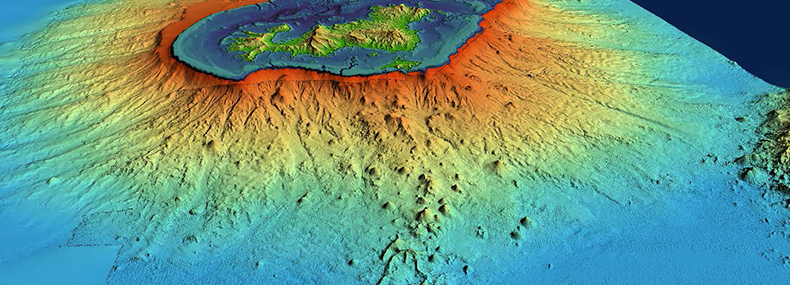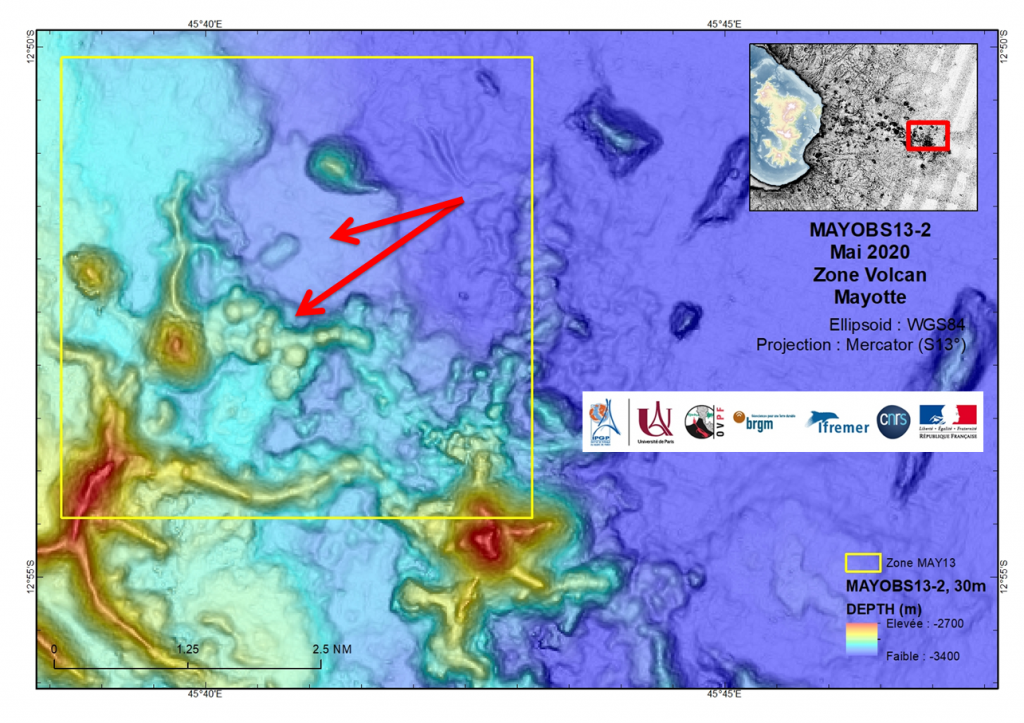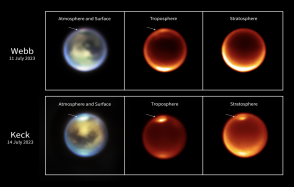First results of the Mayobs 13 mission: interview and decoding
Interview with Aline Peltier, REVOSIMA operational manager and director of OVPF (Observatoire volcanologique du Piton de la Fournaise) and Jean-Christophe Komorowski, scientific manager of volcanological and seismological observatories at IPGP, following the first results of the Mayobs 13-1 (May 6th to 20th, 2020) and Mayobs 13-2 (May 4th to 11th, 2020) campaigns.

Publication date: 09/06/2020
Observatories, Press, Research
Related observatories : Volcanological and Seismological Monitoring Network of Mayotte (REVOSIMA)
Related themes : Natural Hazards











